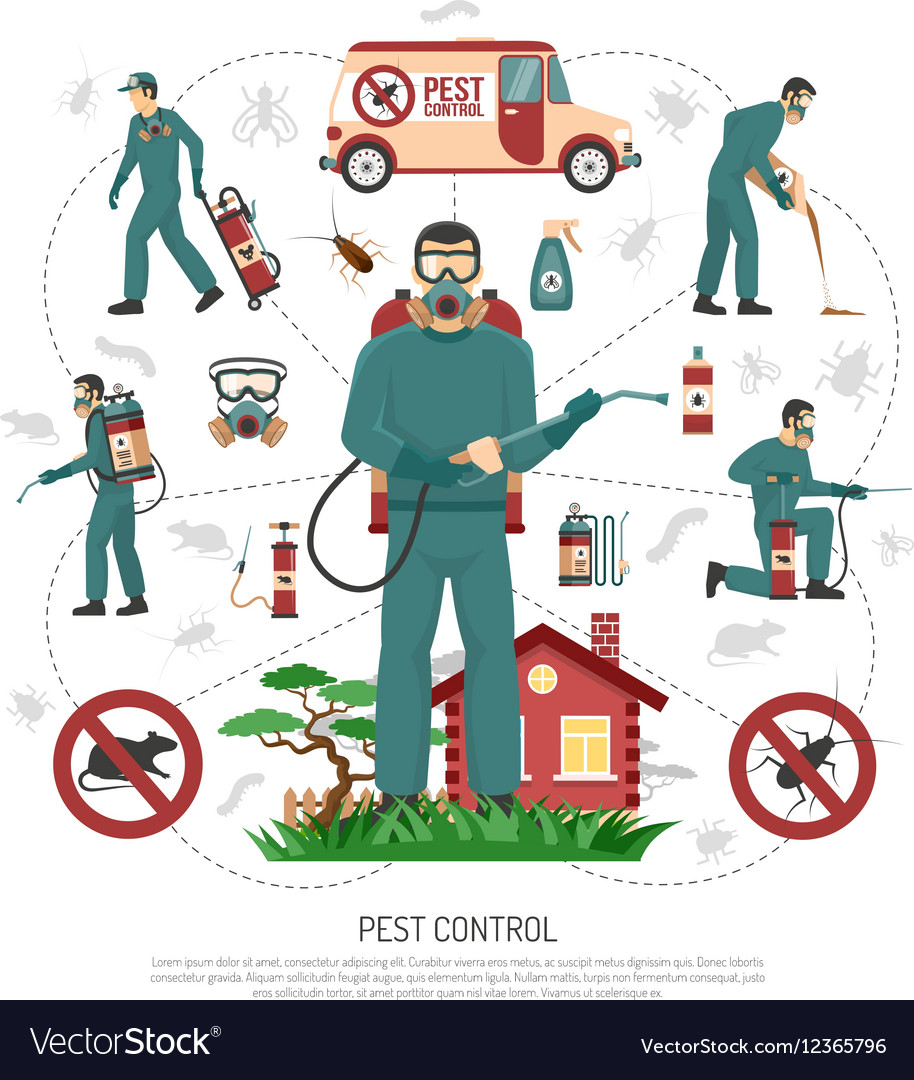The Function Of Pest Control In Food Safety And Hygiene
The Function Of Pest Control In Food Safety And Hygiene
Blog Article
Content By-Clark Thorsen
Are you familiar with the concealed risks that parasites pose to the safety and health of your food? From mouse click the up coming article to pests, these unwanted visitors can pollute your ingredients, surface areas, and storage space locations.
This post explores the vital duty of pest control in maintaining the highest requirements of food safety and security and hygiene. Discover effective approaches and prevention actions that will assist you protect your business, clients, and track record.
Don't let pests endanger the high quality of your food.
The Effect of Pests on Food Safety And Security and Health
In your kitchen area, parasites can have a considerable impact on food security and health. These undesirable guests, such as rats, bugs, and cockroaches, can contaminate your food, surface areas, and utensils with damaging germs, viruses, and bloodsuckers. They can quickly access your pantry, closets, and also your refrigerator, leaving droppings, pee, and hair.
Not only can they spoil your food by chewing with packaging, yet they can also spread out diseases like Salmonella, E.coli, and Listeria. Envision preparing a dish for your family members, not aware that the active ingredients you're making use of are already contaminated.
It's important to take instant action to stop and manage pests in your kitchen area. Routine cleaning, proper food storage space, and expert parasite control procedures are essential to ensure food security and keep a hygienic environment in your kitchen.
Effective Insect Control Techniques for the Food Sector
Executing efficient bug control approaches is crucial for keeping food safety and security and health in the food sector. By implementing these approaches, you can stop insects from polluting the food and guarantee that your items are safe for usage.
One effective approach is to frequently examine and check your center for indicators of pest activity. This consists of checking for droppings, nests, or any damage brought on by insects.
It's likewise crucial to seal all entry indicate prevent pests from entering the center. Routine cleaning and sanitation are crucial, as parasites are drawn in to food deposit and spills.
Furthermore, related website is important to avoid the accumulation of food waste that can attract bugs.
Preserving Health Requirements With Pest Prevention Actions
To keep hygiene standards, you must consistently apply parasite avoidance measures. By taking aggressive actions to stop pests from entering your food facility, you can ensure the safety and sanitation of your premises. Here are some effective pest avoidance procedures to consider:
- Seal all splits and gaps: Parasites can get in via even the smallest openings. Regularly check and secure any type of gaps in doors, windows, walls, and floorings to maintain bugs out.
- Appropriate waste management: Deal with food waste quickly and firmly in sealed containers. This will certainly lessen the destination of bugs and stop problems.
- Routine cleaning and sanitizing: Maintaining tidiness in your establishment is vital. Routinely clean and sanitize all areas, paying unique focus to locations where pests might hide or breed.
- Execute a surveillance system: Consistently inspect your facilities for signs of insect activity. Mount insect surveillance tools, such as traps or sensors, to recognize and resolve any type of possible concerns beforehand.
Verdict
So remember, when it involves food safety and health, insect control plays an important function.
By executing effective parasite control methods and preventive measures, we can make certain the greatest standards of sanitation and safety in the food market.
Do not let bugs endanger the quality of our food; allow's stand together and shield our wellness and health.
